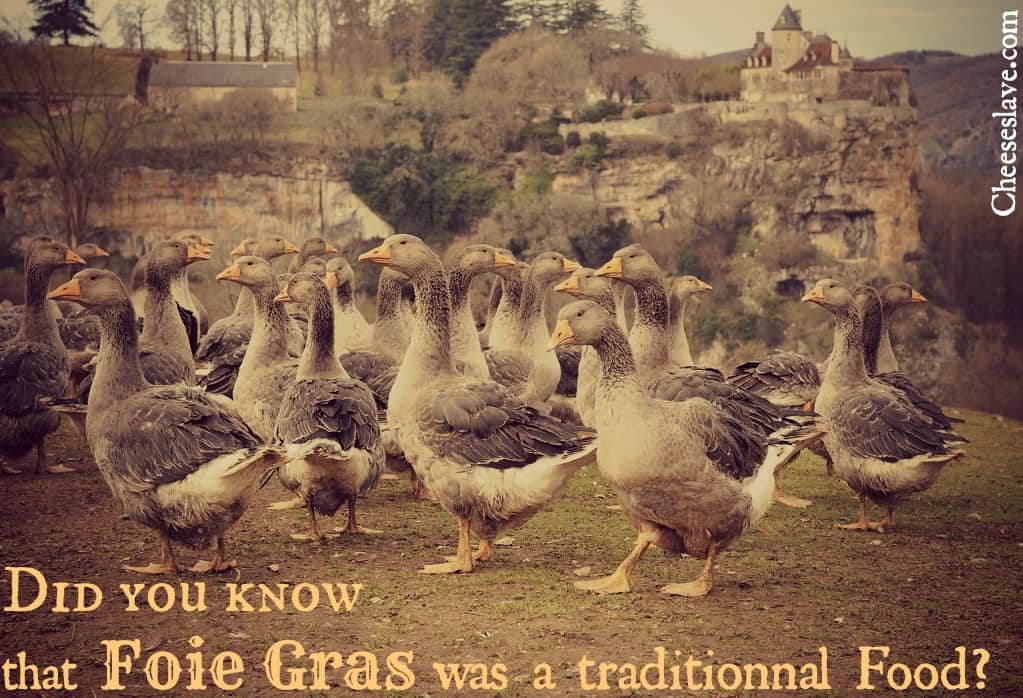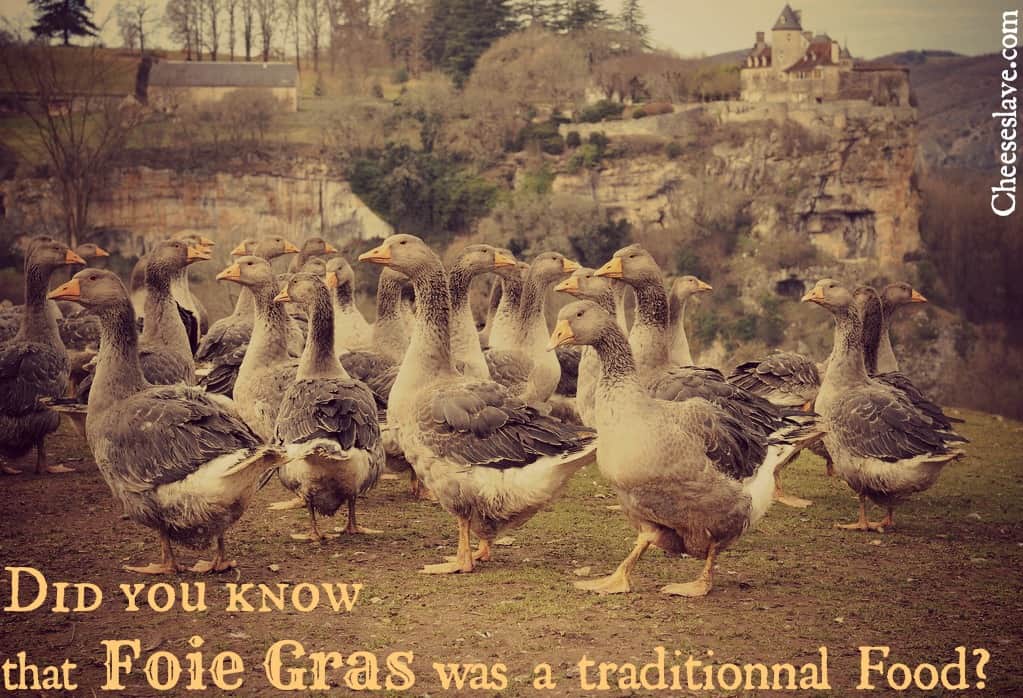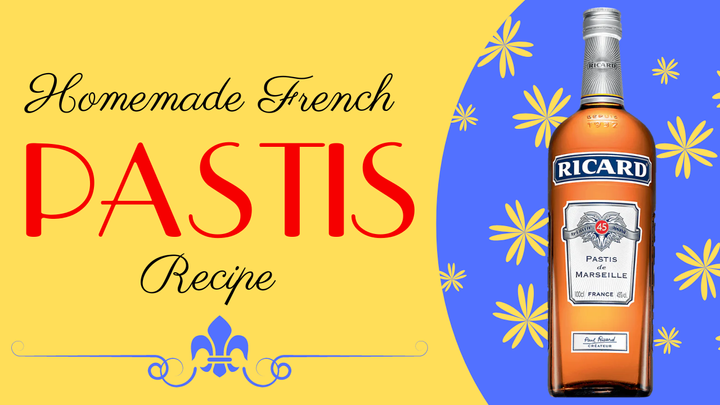Foie Gras is a Traditional Food
Whenever I write about foie gras, people get upset. Getting upset is natural when you are ignorant of facts. There are so many myths about foie gras production. People think the animals are harmed and that foie gras is not traditional.

Whenever I write about foie gras, people get upset. Getting upset is natural when you are ignorant of facts.
There are so many myths about foie gras production. People think the animals are harmed and that foie gras is not traditional.
But, in reality, foie gras is a traditional food. In fact, foie gras is a natural process that happens in the wild.

Foie Gras is a Traditional Food
In this article in The Atlantic, Hank Shaw explains that foie gras is “a natural phenomenon in wild ducks, not about the 4,500-year-old practice of fattening the livers of domestic geese.” (Source: Ethical Foie Gras: No Force-Feeding Necessary)
Shaw writes:
“Under certain circumstances, wild ducks and geese will indeed gorge themselves far beyond their normal nutritional needs, to the point where they develop a fat layer comparable to that seen on a domestic duck, loads of fat around their gizzards and guts—and, most importantly, livers that develop into the lovely wobbly bit you see at left in the picture. Doctors call the condition steatosis, in which liver cells accumulate lipids. I call it yummy.”
Watch the Video: A Time for Foie
A Time for Foie from The Perennial Plate on Vimeo.



Comments ()